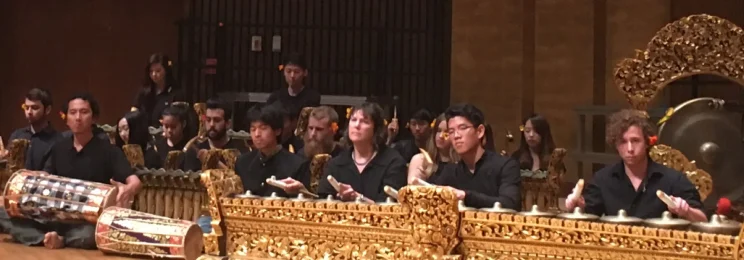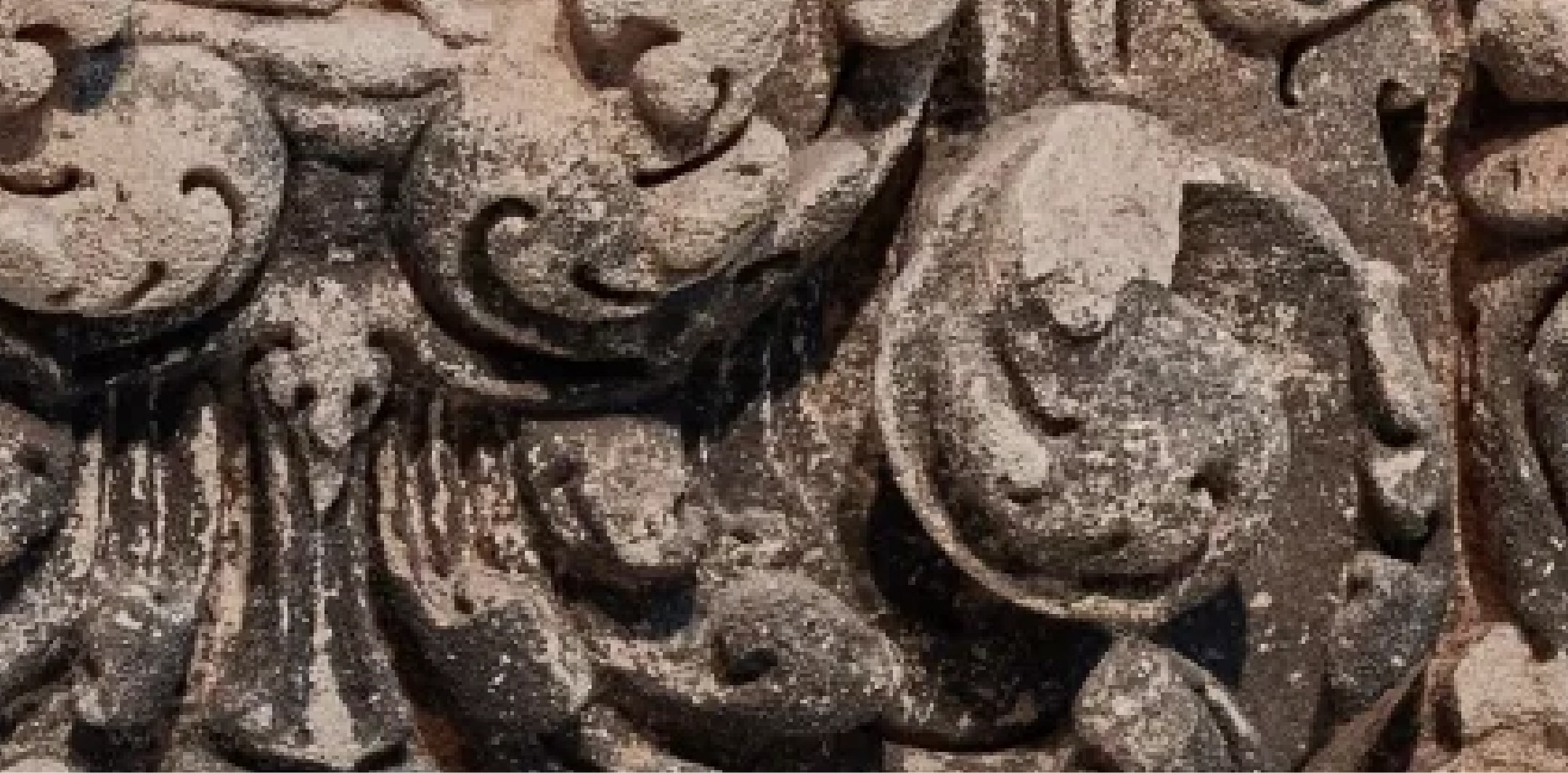Ecological Processes
The preceding section offers glimpes of the dynamics of this ecology. It involves processes of selection, competition, adaptation, and reciprocity, which play out in environments that vary in their suitability, in the resources they afford, and in their inherent challenges. Since this research project is in an early stage, the following discussion is limited to identifying fundamental processes and sketching ways in which each one manifests itself.
Selection:
Processes of selection occur at several stages or points when people and practices circulate. For Indonesian artists, selection begins with decisions regarding who is to go abroad to teach or perform. The criteria can be as varied as seniority at one’s home institution, personal connections with the sponsor, fluency in English, and the ability to meet other requirements of the host institution or the granting agency that is involved in financial support. Students in American universities with gamelan programs often encounter no bar to participation. In some cases, teachers or ensemble directors hold auditions. When enrollment pressures soared at UC Berkeley, Midiyanto instituted auditions to determine whether prospective students could keep a beat and repeat a simple melody. These basic musical qualifications provided a basis for selection and, at the same time, raised the starting level of the class, which enabled more rapid progress. In an environment with an overabundance of prospective musicians, non-students who wish to participate are selected for their extensive prior experience and competence. This effectively bars novices who are not enrolled at the institution. Community-based groups might select members through probationary periods and public workshops. The dues they charge represent another form of de facto selection.
Some element of self-selection is found on either end. A position in the United States offers a financially attractive option for Indonesian performers, but some might not want to be away from home, family, and familiar surroundings for so long. They might also be concerned about leaving the artistic world in which they have achieved a high level of accomplishment, or they could be worried about the possibility of losing or weakening their professional positions in Indonesia upon their return. Among the Americans and others participating in gamelan-related arts in the US, some are so strongly attracted to the sound of the music, the movement of the dance, and so on that they devote themselves to it for years. Others try it for a little while and move on to other activities.
Choosing which cultural practices to present and teach is a second area in which selection takes place. Javanese and Balinese music and dance are most commonly taught and presented, while Sundanese and Cirebonese gamelan or West Sumatran talempong lag far behind in prominence, awareness, and support, as Jennifer Fraser has noted. To a large extent this reflects the relative prominence of these practices in the dominant Indonesian arts institutes of Central Java and Bali. The connection to the “peaks of culture” identified by Indonesian leaders as far back as 1945 and discussed at length by Philip Yampolsky is a matter for further study (Yampolsky 1995).
Performance practices and repertoire constitute a third area for selection. Some advocate for new choreographies and compositions, while others are interested only in the “traditional,” i.e., those items of repertoire and playing styles that are perceived to be well established in a local Indonesian practice. Other considerations include performer capabilities and the presumed interests (or disinterests) of American audiences. Positions in this area have shifted considerably over the decades that Indonesian music, dance, and theater have been part of the American cultural ecology. Attitudes have changed, with greater skepticism and scrutiny of such concepts as authenticity and tradition, for instance. Creative output and attitudes in Indonesia, including types of innovation, venues, and incentives, have evolved greatly over the four decades I have been involved in this world. During this same period, interest in composition for gamelan outside Indonesia has grown considerably. Environments in which these developments converge, such as the Yogyakarta Gamelan Festival or those held in other parts of the world, have multiplied as well.
Competition:
Where there is selection, there is competition. This is true whether it is organisms competing for scarce nutrients within an ecosystem or musicians competing for opportunities in a tight job market. Indonesian artists may compete against each other for the chance to go abroad, but often they operate without direct competition in the US. For the duration of their contract, and perhaps the length of their career, they cannot be challenged by other Indonesian musicians if they garner the proper institutional support and immigration permits. Competition might occur over the financial resources needed to support their classes—few have institutional leverage there—but job security is almost certain, barring the defunding of a program. If and when these artists return to Indonesia, on the other hand, they may face competition on different grounds. They might derive some advantages from their time in America, but new expectations emerge, along with the possibility that they will have no “home.” Several teachers who have been in the US for years have found themselves without a position or other substantial means of livelihood upon their return.
For their part, American groups and programs may compete for resources, participants, audiences, and performances with rival arts programs and groups, but this rarely occurs with others who are presenting gamelan-based performances. Joint concerts are more common. The fact that interest in Indonesian performing arts is great enough in some centers outside Indonesia to raise the possibility of competition can be seen as an indicator of robust ecosystems.
Adaptation:
Adjusting to changing environmental conditions, another key ecological process, can manifest in several ways when Indonesian guest artists and teachers interact with the people they instruct in the United States. These teachers adapt to varying degrees to different populations, needs, and expectations, and the people they teach adapt in response. This is apparent in teaching methods and learning styles, including the amount of verbalization and rationalization or systematization that teachers are willing to employ, particularly in relation to the expectations of their students. Expectations formed through training in Western art music, with its reliance on notated music, are so radically different from those associated with any kind of Indonesian performance practice rooted in aural/oral tradition—even those that use notation fairly extensively—that some adapation must take place. Whether it is the teacher or the students who bend varies with the situation. The pressure to produce a concert each semester, with students who have just begun to play, combined with a desire to present a program with some variety and depth, increases the likelihood that notation will be used, for instance.
Indonesian artists adapt in additional ways—again to varying degrees—to the needs of students who have no experience of the music, dance, and theater or of the sociocultural environments in Indonesia. Some things simply are not taught because of the gap in ability or understanding. In writing about the difficulty of imparting an understanding of rasa (feeling) and garap (the realization of the potential of a musical piece) in American groups taught by Javanese instructors, Marc Benamou noted,



